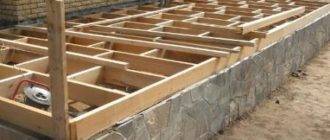According to their types, stair handrails can be divided by types of material (metal, wood, plastic, reinforced concrete), as well as by the structure of the handrails (lattice, screen, combined). Strength requirements for loads of different types and heights can be found in GOST 25772-83 and SNiP 2.01.07, SNiP II-23 and SNiP III-18. Below we will talk about the main parameters and methods of installation, and in addition, you can watch the video in this article on this topic.
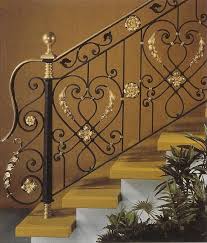
Railings
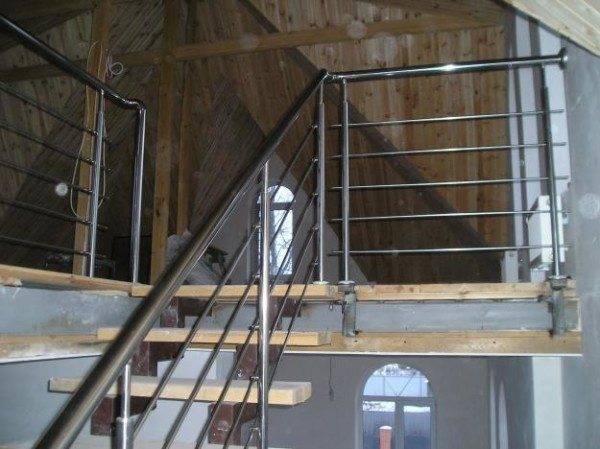
If we talk about the design, then the railing can be divided into two main types of parts, these are handrails for the stairs (horizontal or inclined profiles for belay) and balusters, that is, vertical posts that serve as a support for the handrail and are attached either to the bowstring or to steps of the stairs.
In addition, the lattice structure may contain horizontal (inclined) lintels, for which various metal or wooden profiles are used, as well as steel cables. Transparent or colored plastic can be mounted as a screen, either with or without a grille.
Metal fencing
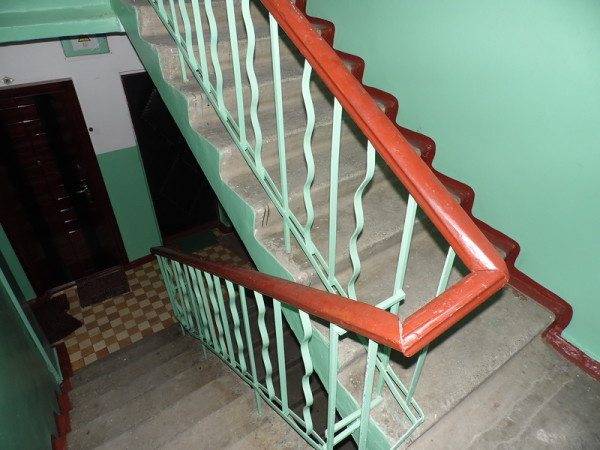
- Most often in everyday life, you can see such stair handrails, as in the photo above, unless, of course, you have another structure installed in your home. Nevertheless, what you see was done in compliance with all the requirements of GOST 25772-83, although the house was built in 1963, and the current aforementioned GOST was installed in 1984. All the rules for installation, height and strength are observed here, therefore, based on this device, we will consider all the others.

- As you can see balusters can be attached either to the top of the step, or to the side of the step, stringer or platform. But, again, in accordance with the above-mentioned GOST, the main balusters (in this case, a metal profile of a square 20 × 20 mm) have a rigid adhesion by welding to the metal frame of a reinforced concrete staircase. That is, it turns out that the riser is held not so much by the concrete, but by the frame, and the concrete mass only guides it.
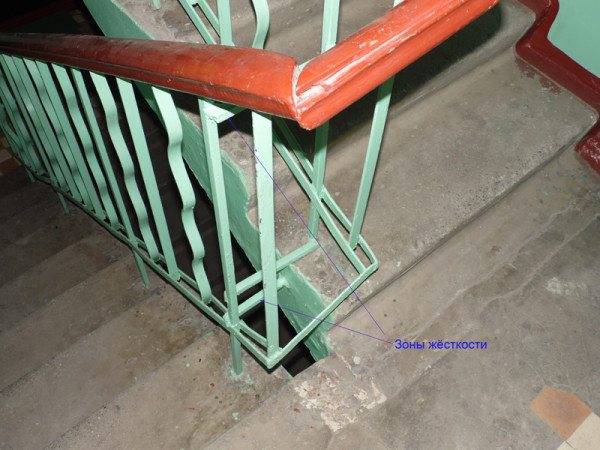
- Although the whole structure in this case turns out to be quite stable, nevertheless, special zones of stiffness are created at turns, which are indicated by the arrows in the photo. This is provided to comply with the requirements of SNiP 2.01.07 "Actions and Loads" at lateral pressure. This requirement applies to such devices from any material and the principle of solving the problem is, as a rule, identical.
- For internal structures, the height of the handrails on the stairs is regulated by GOST 900 mm, which also includes a wooden plate, that is, the overall size with all the elements provided for in the assembly of one or another option is important here. Sometimes, instead of a wooden bar, plastic is used to cover the handrail, and sometimes a 50 mm diameter pipe is completely welded and simply covered with paint. For outdoor fencing, the height standard is increased to 1200 mm.
- The handrails and stair railings described now will serve as a guide for us to comply with fire safety standards and technical requirements, therefore, you should pay attention to the number and step of the balusters. As you can see, vertical posts are present here above each step, although load-bearing profiles are installed on every fourth step - this is quite enough for the lattice structure of the railing. On metal ladders, balusters can be welded to each step, but the load-bearing racks must be at least 1200 mm apart.
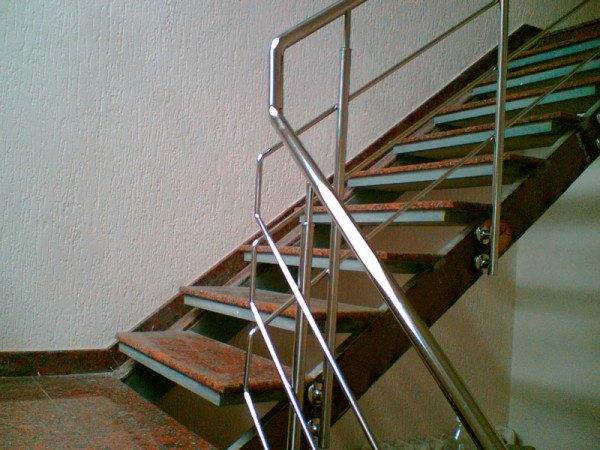
- The top photo shows a railing with a lattice structure in stainless steel, which is currently considered the best in terms of combining beauty, strength and durability. In this case, due to the lack of concrete, the supporting balusters are installed on the side of the stringer on clamps, and the stiffness zone is created by the handrails themselves and inclined vertical profiles at the turn.
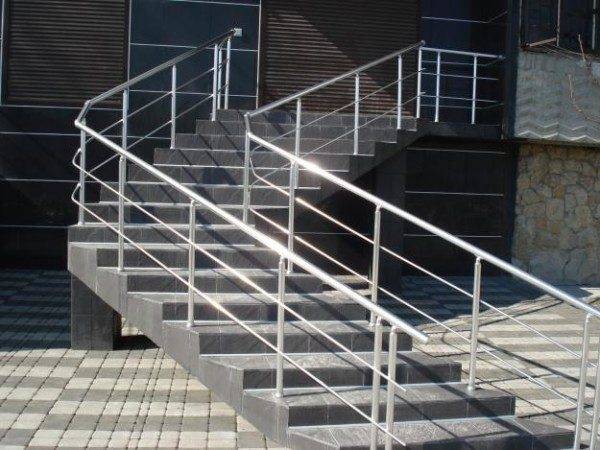
- In the same way as from steel, stair railings made of aluminum are mounted, but there are small nuances in the installation. The fact is that you cannot weld aluminum to a metal frame, so special fasteners are used to connect to the base. The requirements for height remain unchanged, the price is about the same as for stainless steel structures, but the service life, of course, is lower, due to the softness and oxidation of the metal.
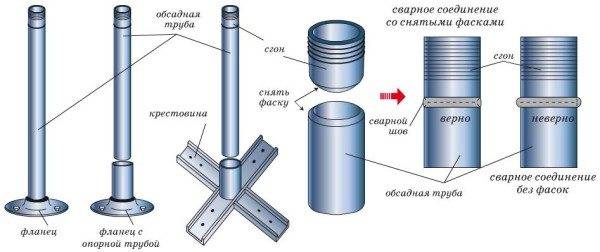
Recommendation. For fastening metal balusters to wooden or concrete steps, special fasteners should be used. This is especially true for aluminum products, where the use of welding is practically excluded.
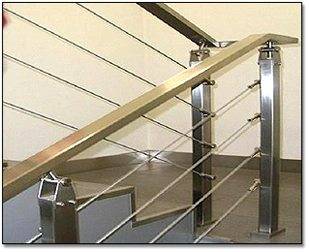
- For inclined lintels on fences, steel cables are also used, which can either be attached to the side of the intermediate balusters, or pass through the holes in the profile. But in one and the other case, the distance between the bearing racks should be not less than 1200 mmso that the cables do not sag.
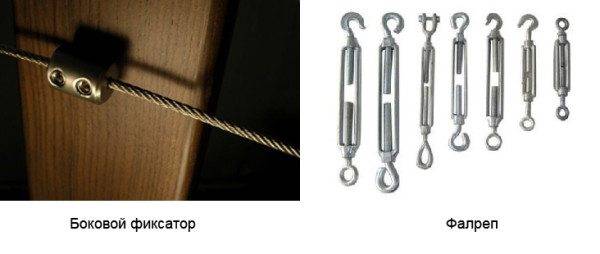
Recommendation. To fix the cables, special locks should be used, which come in various configurations, but their essence lies in the fact that the thread is clamped in the cylinder with a bolt. And for tension it is best to use falreps, especially since such a device allows you to pull up a sagging cable at any time without much effort.
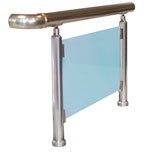
- Recently, sometimes you can find screen-type fences, where the instructions for arranging the lattice are replaced with solid insulation of the side space. Screens can be transparent, matte and colored, and they are made. As a rule, they are made of different types of plastic. But for stairs, such shields are not often used, since instead of a rectangle on the slope, a parallelogram is needed, and this turns out to be very troublesome when calculating the slope and assembling.
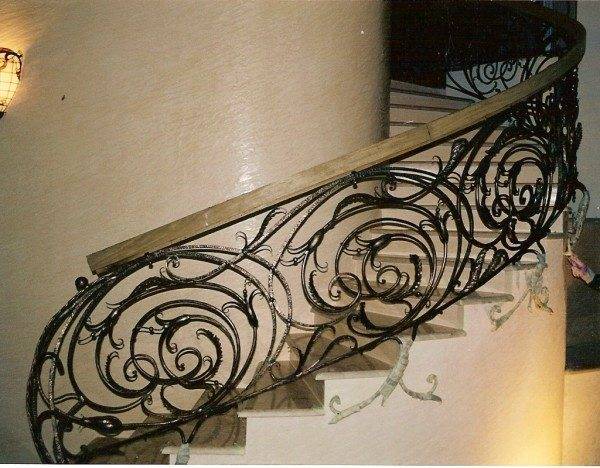
- The classic version stair railings can be called forged railings, which can be made of either steel or cast iron. The openwork lattice is hung on the balusters, which in the usual manner, in compliance with the requirements GOST 25772-83 are attached to the stairs. This option, of course, is quite expensive, but it always emphasizes good quality, combining it with wealth and good taste of the owners.
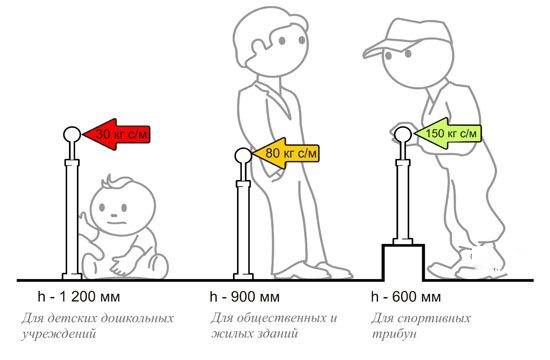
- Required by SNiP 2.01.07-85 the height of the ladder handrail is oriented primarily towards the lateral load experienced by the handrail during operation. For measurements, special sensors are used that convert mechanical stress (in this case, horizontal load) into numbers on an electronic display. So, the minimum horizontal load that a fence with a height of 900 mm must withstand can be 30 kg s / m, and at a height of 1200 mm (external fences) - 90 kg s / m.
Explanations. The letter designation kg s / m means one kilogram of load force per linear meter. If there will be a value of kg s / m2, then per square meter, and if kg s / m3 - then the cubic.
Wooden railing
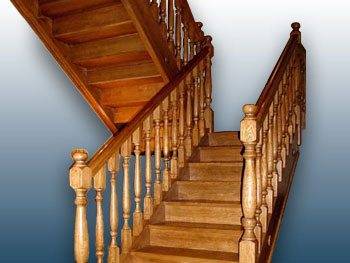
- For the stability of wooden structures, all balusters, without exception, are made load-bearing, and at least one rack should fall on one step here.Corner supports to create rigidity under a horizontal load are made with a larger cross-section than intermediate ones, and especially for the heel, the area of which is larger than the cross-section of the rack.
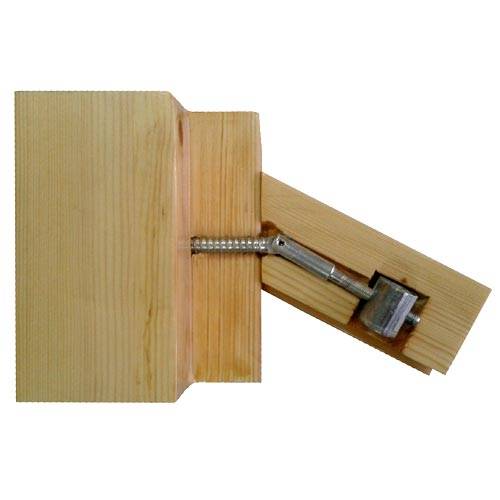
- Of course, it is much more difficult to rigidly fix a wooden vertical stand than a metal one, therefore, to fix the balusters, special ties are used, which are drilled into the body of a wooden profile and additionally set on glue. In cases where there are no screeds, fastening is done on wood screws. To do this, at the edge of the side of the balusters, they drill a sweat and drive a screw there, connecting the stand with a handrail or a bowstring (step), and then close the hole with a wooden plug (glue for fixing is used in any case).
Concrete fences
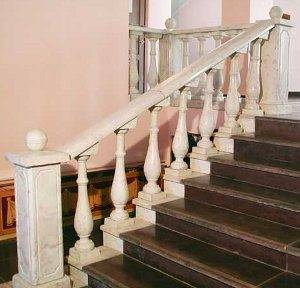
In addition to reinforced concrete flights of stairs, in large residential and public buildings, you can also find railings made of concrete. The structure is prefabricated, so, despite its massiveness, such a fence can be assembled with your own hands, making the shape of the balusters at your discretion, or even casting them in your own forms.
- But, despite the apparent strength, the reinforced concrete structure on vertical posts will not have sufficient resistance to horizontal loads, since there is no monolith on the knock. Therefore, to give greater stability, the stiffness zone is created using corner balusters, casting them in the form of pedestals with a wide heel.
Conclusion
When equipping your home, you can make the handrails of the stairs from a different material that will be different from the marching span. Most often, you can find metal railings (ordinary steel, stainless steel, aluminum), which are attached not only to steel flights, but also to wood and concrete.


